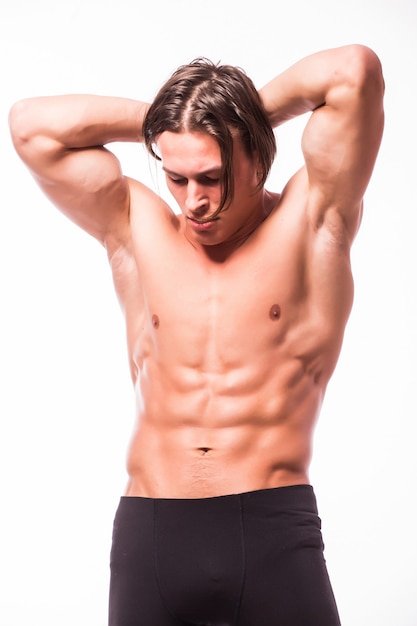The pectoral muscles, often called ‘pecs’, are a major interest for fitness buffs, especially for those looking to enhance their masculine look. These muscles greatly contribute to the upper body’s appearance and overall strength. This blog post will cover the anatomy of the pecs, how they function, and the best ways to train them.
Anatomy and Function of Pectorals
The pectoral region has two main muscles: the pectoralis major and the pectoralis minor. The pectoralis major is a fan-shaped muscle that stretches across the chest, originating from the clavicle, sternum, ribs’ cartilage, and the external oblique muscle. Though smaller and less visible, the pectoralis minor also helps shape the chest.
Pectoral muscles control a range of shoulder movements such as adduction, flexion, extension, and internal rotation of the humerus. Different sections of the pectoralis major – clavicular, central, and abdominal – contribute uniquely to these movements, adding functional variety to this muscle group.
Training Your Pectorals
Training your pecs enhances both muscle function and strength. Effective pectoral training involves a variety of exercises targeting different angles to engage all muscle fibers. Hypertrophy training, which focuses on muscle growth, includes three key elements: mechanical stimulus, chemical-hormonal stimulus, and nutrient availability.
Mechanical stimulus involves activating all muscle fibers through maximum eccentric contractions and prolonged contraction times. Chemical-hormonal stimulus is linked to increased energy reserves and protein synthesis. Nutrient availability is crucial, requiring a balanced intake of proteins, carbs, vitamins, and minerals for optimal muscle growth.
Exercises for Pectoral Development
To train your pectorals effectively, you can use presses and crosses.
Presses
Presses involve pushing weight away from the body, which helps build chest mass and strength.
– Bench Press
– Incline Bench Press
– Push-Ups
– Dips (Chest Version)
Crosses
Crosses involve moving the arms across the body or in front of the chest, focusing on stretching and contracting the chest muscles.
– Chest Fly
– Cable Crossovers
– Dumbbell Pullovers
Performing these exercises from different angles ensures all muscle fibers are stimulated. For example, upper chest exercises should have a neutral inclination, while lower chest exercises should have a negative inclination.
Critical Considerations
While developing the pecs is great for aesthetics and strength, it’s crucial not to neglect other muscle groups. Focusing too much on the pecs while ignoring muscles like the upper back, shoulders, and thighs can harm posture and lead to an imbalanced physique.
Adopting a balanced training approach is key. Ensure you give equal attention to all muscle groups and assess your posture regularly. This balanced method helps you develop a well-rounded and harmonious physique.







